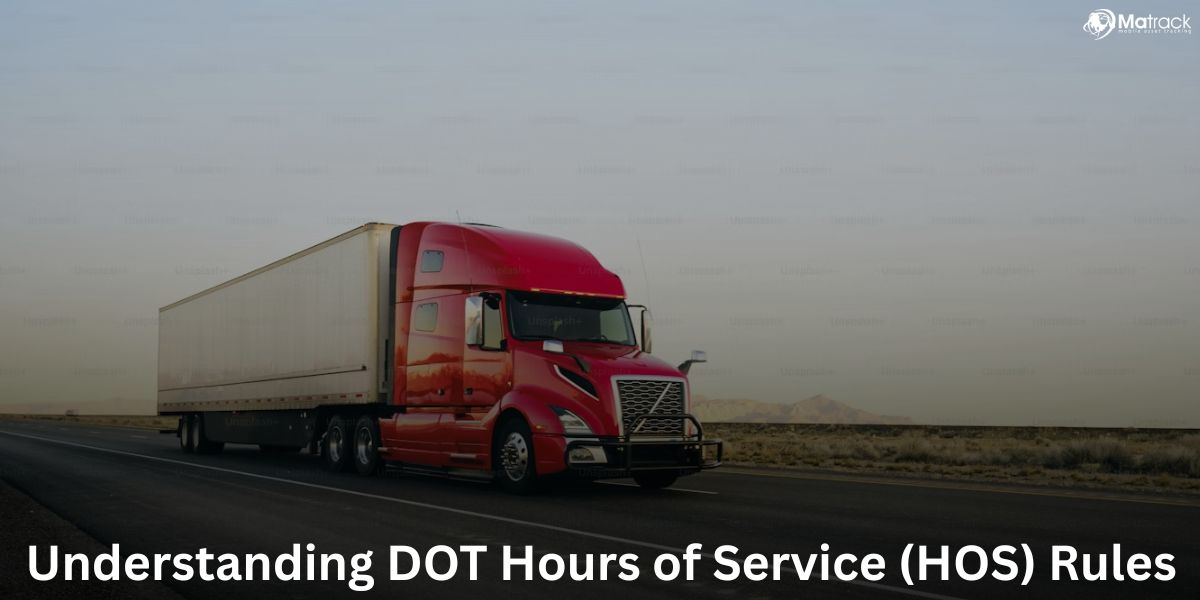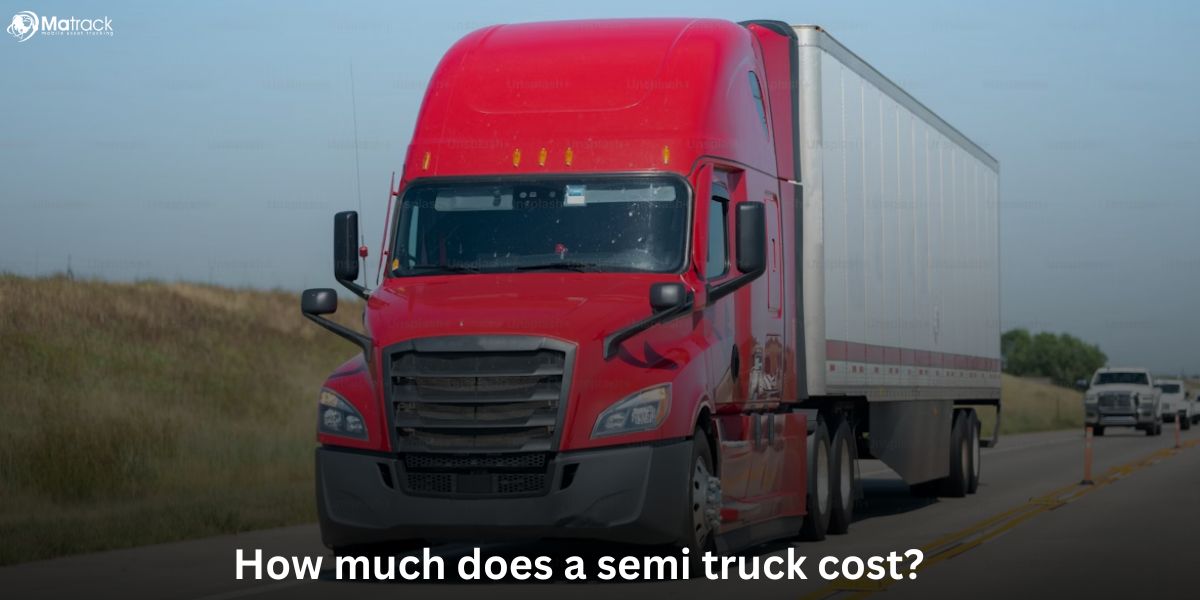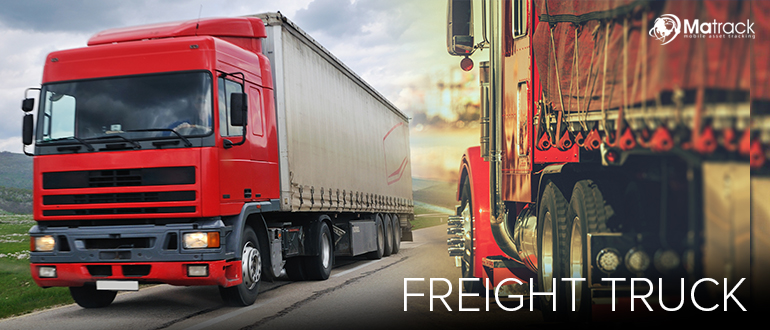Key Takeaways:
- Truckload shipping is used when a single shipment fills an entire truck and moves directly from pickup to delivery.
- It offers faster transit, lower damage risk, better security, and cost efficiency for large or heavy loads.
- Different trailers like dry vans, reefers, and flatbeds support specific types of freight and shipping needs.
- Matrack GPS helps truckload carriers track vehicles in real-time, reduce delays, and manage fleet operations easily.
What is a Truckload (TL) Shipping?
Truckload (TL) shipping is when one customer books the entire truck for a single shipment. This happens when the cargo is large enough by weight or volume to fill the trailer.
TL trucks are typically 48 to 53 feet long and carry between 20,000 to 45,000 pounds. They move directly from pickup to delivery without handling other freight.
Core Attributes of Truckload (TL) Shipping
Truckload shipping includes specific characteristics that define its performance, cost, and delivery model.
- Dedicated Trailer Use: The entire truck is allocated to one shipment. There is no cargo mixing with other customers.
- Direct Transit: Trucks travel from the pickup point directly to the delivery location without terminal transfers.
- Weight & Volume Capacity: Truckloads maximize vehicle space. A full load typically equals 43,000 pounds or 26 standard 40” x 48” pallets.
- Reduced Handling: Freight is loaded once and unloaded once, reducing risks of damage or loss.
- Rate-Based Pricing: TL pricing is calculated based on mileage, fuel costs, route, and lane availability, not by weight or pallet count.
Types of Truckload Equipment
Truckload transport uses various types of trailers depending on the cargo’s nature.
- Dry Van: Enclosed trailer, protects goods from weather. Used for non-perishable items, electronics, and retail goods.
- Reefer (Refrigerated Truck): Temperature-controlled trailer used for perishables, pharmaceuticals, and chemical products.
- Flatbed: Open trailer used for construction materials, machinery, oversized loads.
TL vs LTL vs Intermodal: What’s the Difference?
| Feature | Truckload (TL) | Less-Than-Truckload (LTL) | Intermodal |
| Volume | Full trailer | Shared space | Full/Shared container |
| Transit Time | Fast, direct | Slower, hub-based | Slower, multi-modal |
| Handling | Single loading | Multiple load/unload events | Multiple transfer points |
| Cost Efficiency | High for large loads | Best for small shipments | Competitive for long hauls |
| Damage Risk | Low | Moderate | Higher |
How Truckload Rates are Calculated
Truckload pricing depends on five main variables:
- Mileage: Long-haul shipments incur higher fuel and time costs.
- Fuel Surcharge: Adjusted weekly according to national fuel indexes.
- Lane Density: Common routes have competitive rates; deadhead lanes are more expensive.
- Market Capacity: Tight trucking supply raises spot market prices.
- Freight Characteristics: Hazardous, oversized, or fragile cargo increases cost.
Advantages of Truckload (TL) Shipping
Faster Transit Times
Truckload shipments move straight from the pickup location to the delivery point. This avoids delays from extra stops or transfers.
Lower Damage Risk
The freight stays on the same truck from start to finish. This reduces the chances of it being moved, dropped, or broken.
Predictable Scheduling
Pickup and delivery times are set in advance with the carrier. This helps businesses plan their operations more accurately.
Cost Efficiency for High Volumes
Truckload pricing is better when the shipment is large or heavy. The cost per unit goes down as the total load size goes up.
Greater Security
Goods stay sealed in one trailer the whole time. This limits access and lowers the risk of theft or tampering.
Common Use Cases for Truckload
Retail Chains
Truckload is used to move large amounts of inventory from warehouses to stores or distribution centers. It supports consistent restocking and reduces delays in retail supply chains.
Manufacturing Plants
Manufacturers use truckload to ship raw materials to factories or send finished products to buyers. It ensures full loads move without interruption.
Agriculture & Food
Truckload is ideal for transporting fresh produce or dairy in refrigerated trailers. It keeps items at safe temperatures during long hauls.
E-commerce Fulfillment
High-volume online orders are sent in bulk to regional hubs using full truckloads. This speeds up last-mile delivery and keeps shipping costs down.
Keep Track Of Your Truckloads With Matrack
Matrack GPS Fleet Tracking helps truckload carriers stay connected to their vehicles in real time. It gives instant alerts for important events like towing, ignition, speeding, or low battery so you can act fast and keep loads secure.
With Matrack, you get full visibility into your truck’s location, driver behavior, and vehicle health. This means fewer delays, more accurate ETAs, and lower fuel and repair costs for every truckload delivery.
The easy-to-use dashboard works on both phones and computers, letting you manage your entire fleet anytime. You can create geofences, monitor routes, and track movement without contracts, hidden fees, or complicated setup.



